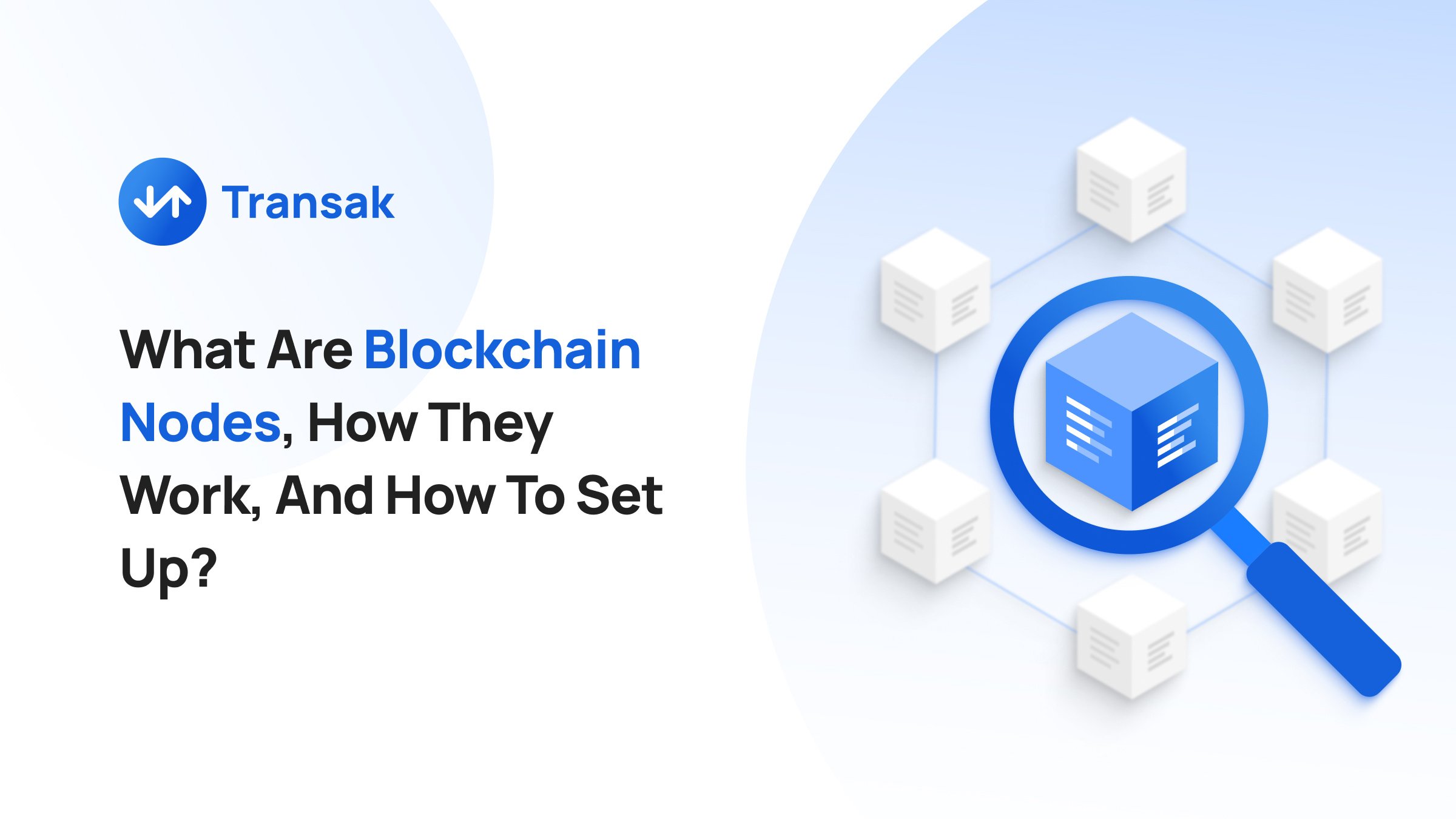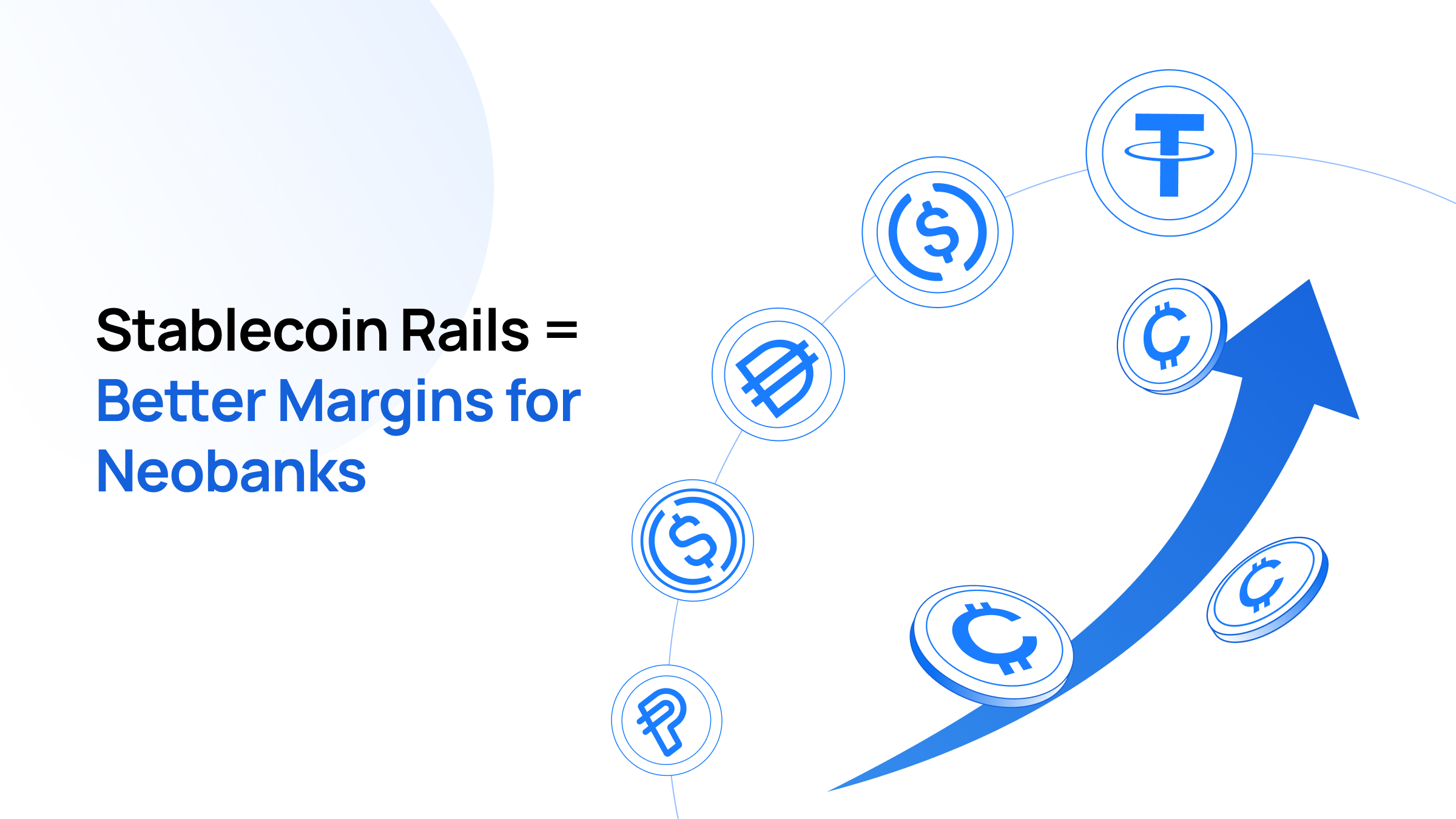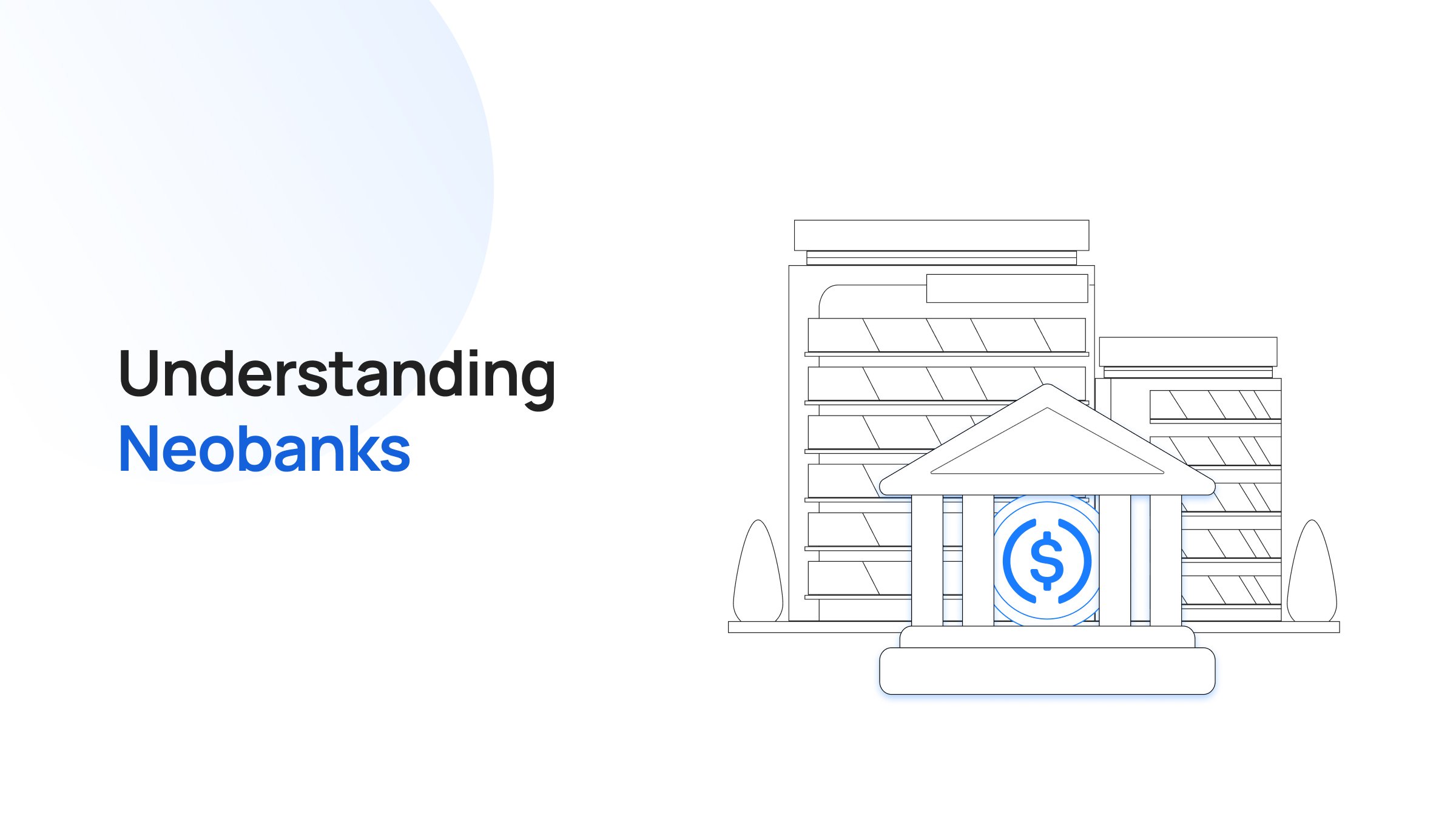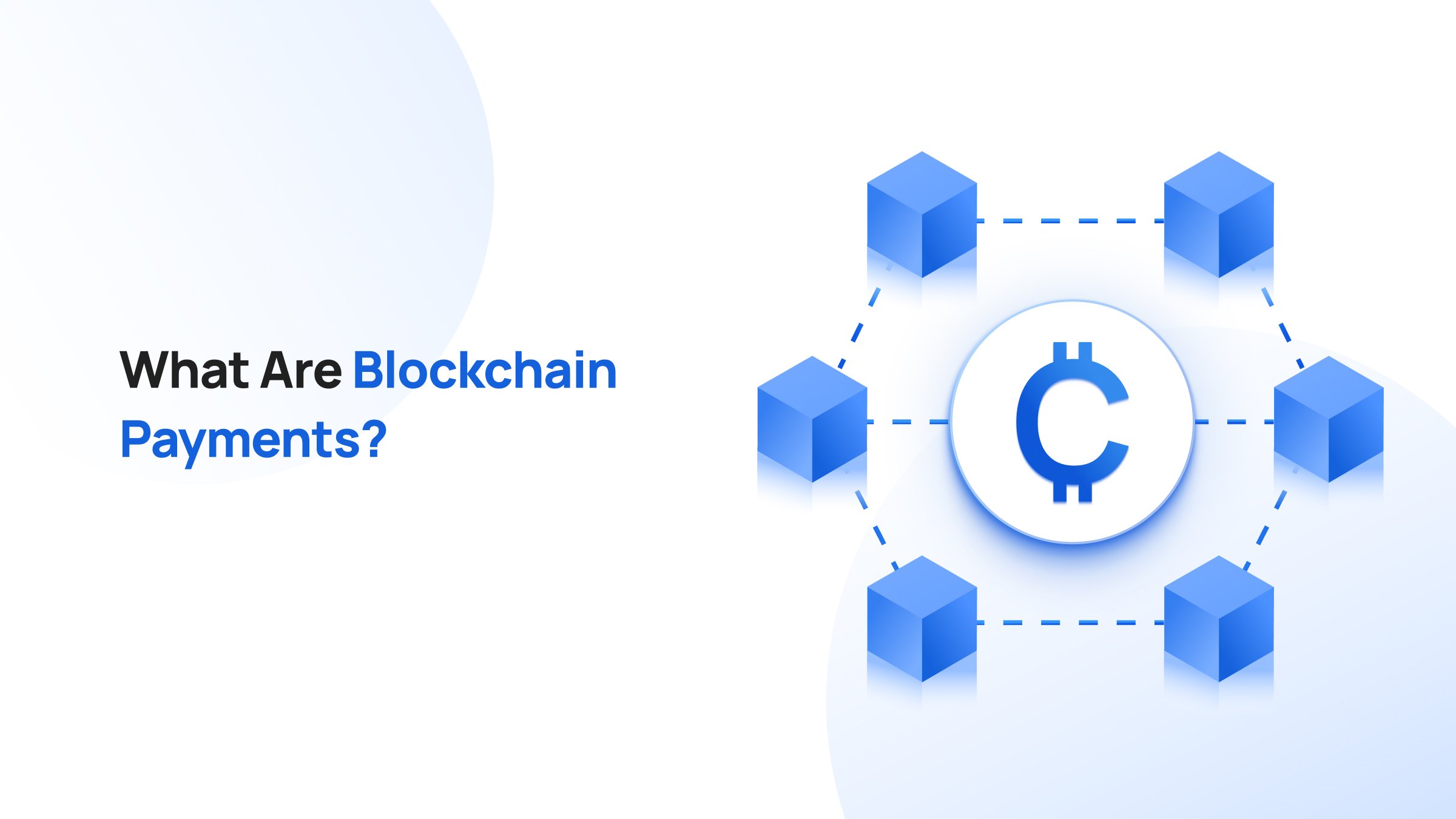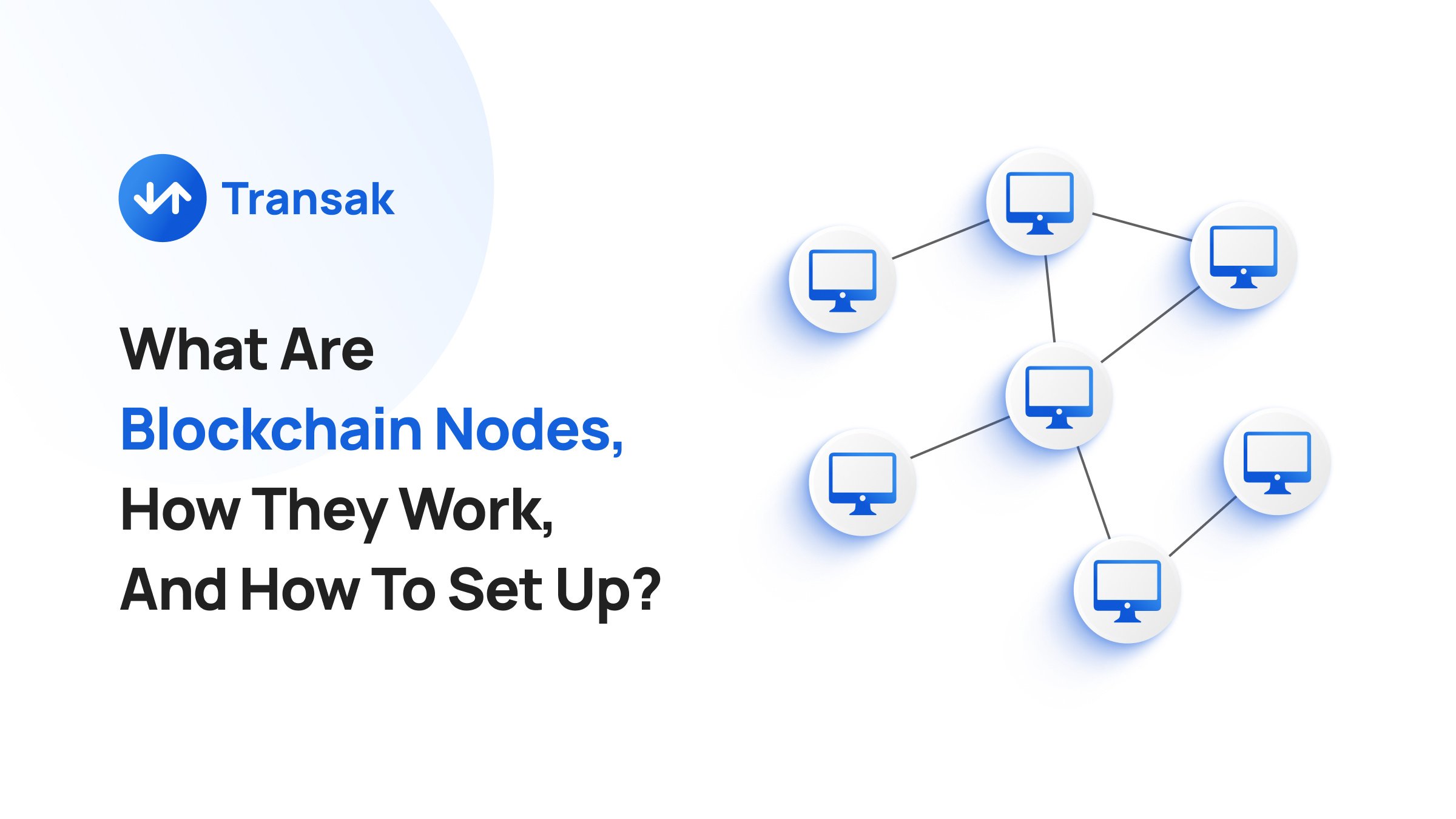
Blockchain nodes are foundational parts of a blockchain network that verify transactions, maintain consensus, and store the blockchain's history.
As the backbone of decentralized systems, blockchain nodes ensure that each participant in the network has access to an identical and up-to-date copy of the distributed ledger. By validating and propagating transactions, nodes play a crucial role in ensuring the security, transparency, and integrity of the blockchain.
The number of reachable Bitcoin nodes was around 10,000 in September 2021, and it almost doubled within 3 years to around 20,000 by September 2024. This upward trend indicates the increasing interest, adoption, and decentralization within the blockchain space.
In this article, we’ll explore the concept of blockchain nodes, how they work, the major types of nodes, the key challenges they face, and their security aspects that prevent potential attacks.
What Is A Blockchain Node?
A blockchain node is a computer or device connected to a blockchain network. It runs the blockchain's software, which allows it to perform various critical functions to maintain the network's integrity and security.
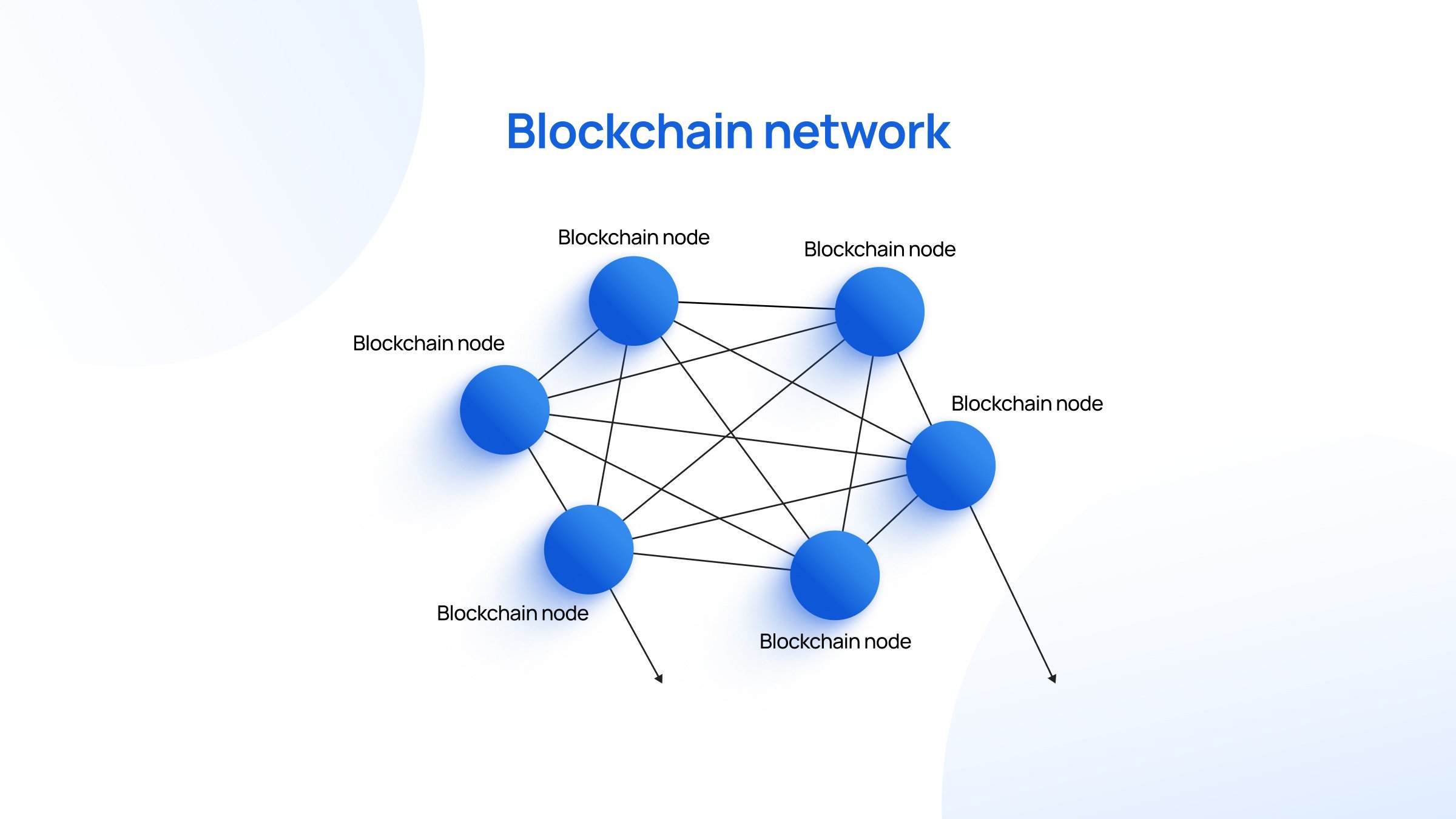
These nodes carry a copy of the ledger and play a crucial role in validating transactions, maintaining the integrity of stored data, and providing credibility to the network.
Blockchain networks consist of different types of nodes, each with specific responsibilities and roles.
For example, full nodes maintain a complete copy of the blockchain and participate in validating transactions, while light nodes only store the most recent headers, making them suitable for devices with limited storage.
Nodes are also essential components in strengthening the network’s security from potential threats like a 51% attack, in which a malicious entity controls more than half of the network's computing power to manipulate transactions or reverse the blockchain's history.
If a network has a large, widespread node distribution, compromise on a single node or a small group of nodes would not significantly impact the overall security of the network.
How Does Blockchain Node Work?
The working mechanisms of a blockchain node differ with respect to its specific functionality within its associated network.
Some of the commonly used functionalities that these nodes perform include the following:
- Maintenance and synchronization of ledger copies
- Transaction validation and consensus mechanisms
- User interaction and network connectivity
Maintenance and Synchronization of Ledger Copies
Nodes maintain a copy of the ledger such that in case a few individual nodes are affected, the data remains safe and accessible for the network as a whole. This replication also supports the proper functioning of the blockchain network, thereby improving the end-user experience.
The near real-time synchronization of network data also ensures the availability of an up-to-date ledger while reducing the risk of inconsistencies.
Transaction Validation and Consensus Mechanisms
Nodes are responsible for validating transactions within blockchain networks and participating in consensus mechanisms to confirm them. Upon receipt of a transaction, nodes validate it based on the network’s blockchain rules or reject it in case of irregularities.
Blockchains use various consensus mechanisms, such as the most commonly used Proof of Stake (PoS) or Proof of Work (PoW), to secure the network and ensure the integrity of transactions.
User Interaction and Network Connectivity
Nodes facilitate a way for users to access and explore blockchain data using online interfaces called block explorers.
With the help of free tools like Etherscan or Solscan, users can dive deep into data along with charts related to transactions, wallet portfolios, token details, and more.
Blockchain nodes bridge the gap between users and the blockchain network, facilitating secure and reliable data exchange while protecting the network's integrity.
Key Challenges Confronting Blockchain Nodes
Blockchain nodes play a crucial role in maintaining decentralized networks, but they also face several technical and operational challenges that can impact their performance and scalability.
Network Attacks
Well-executed network attacks have the potential to compromise or disrupt the regular functioning of blockchain nodes responsible for storing, transmitting, and validating transactions.
Along with the most common 51% attack, there are also other types of malicious activities like sybil attacks, where numerous fake nodes are generated to obtain control over that particular blockchain network.
Scalability Constraints
Blockchain nodes face critical operating challenges when dealing with complex smart contract functionality or high-volume transactions, which can result in delayed transaction processing and higher gas fees for users.
Increased computational demands and resource constraints often necessitate frequent upgrades and optimizations to maintain network efficiency and provide the best possible user experience for network participants.
Storage and Bandwidth Requirements
The increased transactions also contribute to the creation of large amounts of data generated by network activities like transaction logs and smart contract executions, increasing their storage requirements and resulting in an increased demand for resources.
Along with the storage requirements, high bandwidth is essential for nodes to communicate with each other and for data synchronization. Blockchain networks with limited network capacity might encounter difficulties in maintaining connectivity and participating fully in the blockchain network.
Types of Blockchain Nodes
Blockchain nodes are divided into numerous types based on their purpose, and among those, the major ones include the following.
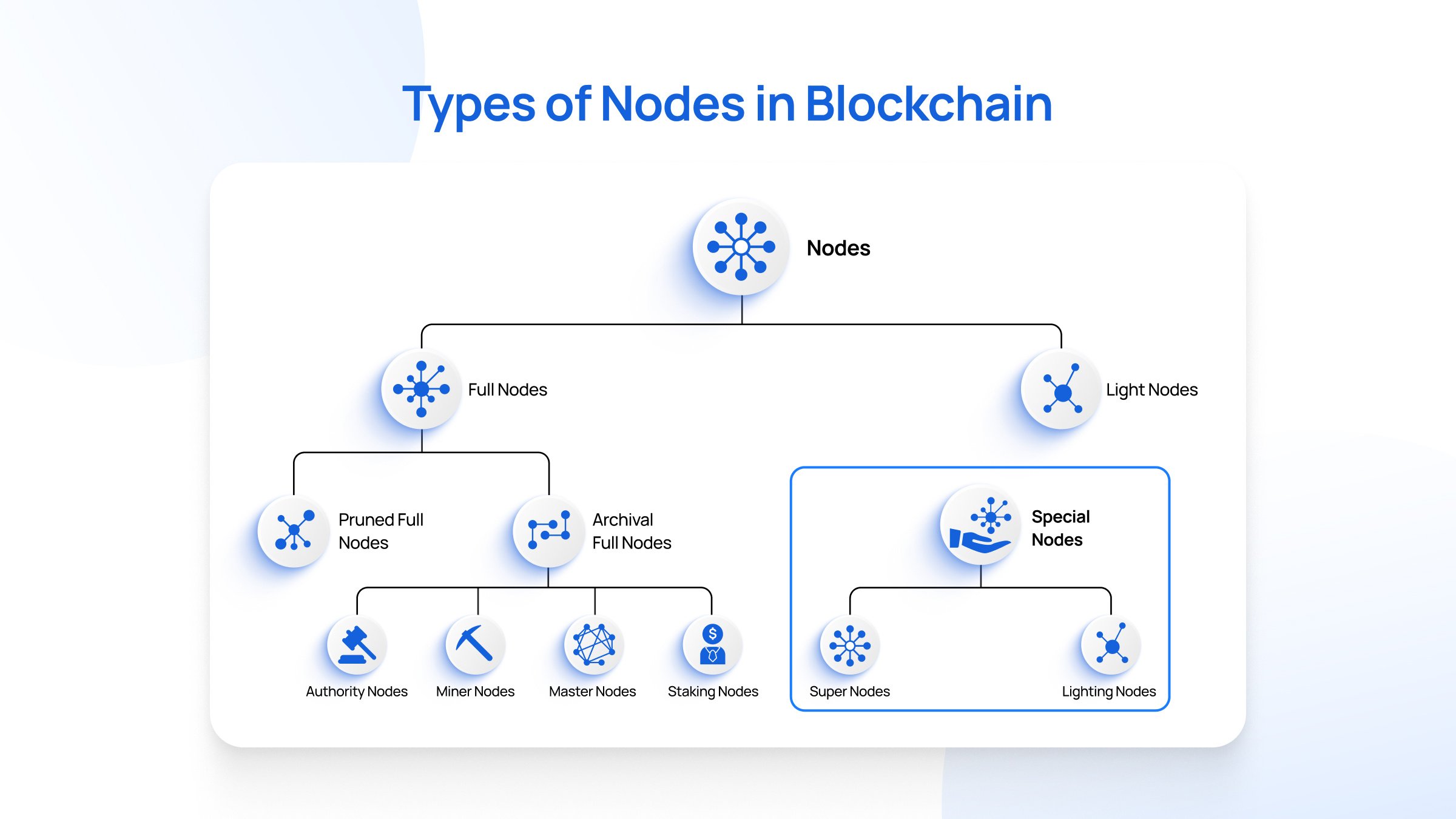
1. Full Nodes
Full nodes are servers or computers that are responsible for the download and storage of a blockchain’s entire transaction history. They are engaged with their associated blockchain network to perform tasks such as block validation, upholding consensus rules, recording transactions, and more.
These nodes are crucial in maintaining network security through automated activities like transaction verification based on predefined rules. Full nodes also maintain a complete record of the blockchain's history, ensuring the network's immutability and transparency.
2. Light Nodes
Light nodes can be considered as the simplified version of full nodes, where minimal information is stored instead of the complete network’s copy. It stores block headers that carry data summaries of the blocks to enable quicker transactions or to ease simple tasks.
These types of nodes can communicate with the blockchain network but must rely on their associated full nodes to obtain the required information for its proper functioning.
3. Validator Nodes
Validator nodes are full nodes that participate in the blockchain network by validating blocks and transactions. In Proof of Stake (PoS) mechanisms, these nodes are also called staking nodes as they stake native cryptocurrency to participate in the consensus mechanism framework.
This type of node acts as a pillar of trust, promoting decentralization and network integrity. In case the validators attempt to commit malpractices, they are subject to slashing, a penalty that leads to the loss of their staked crypto assets.
4. Archive or Archival Nodes
Archive nodes are used to retain the entire historical network data for a longer duration. For this reason, these nodes are responsible for the systematic archiving of all network activities, such as crypto transactions or smart contract executions, without any failure.
The data-dense nature of archive nodes requires significant storage capacity, making them a more expensive infrastructure to maintain. However, these nodes allow blockchain projects to dig into complex historical data that will be helpful for in-depth research and analysis.
5. Mining Nodes
Mining modes are associated with blockchains like Bitcoin, which follow the Proof of Work (Pow) consensus mechanism to validate transactions and secure the network. These nodes require high-end computing devices to solve complex mathematical problems, add new blocks, and earn mining rewards.
These blockchain nodes are operated by individuals or using large mining pools where numerous miners work together to solve challenging cryptographic problems and earn rewards proportional to their efforts.
6. Pruned Full Nodes
Pruned full nodes resemble full nodes, but they have a more efficient approach to storing historical data. These nodes delete the downloaded blockchain data in chronological order to operate storage efficiently.
The data storage threshold allocated for the pruned nodes varies among blockchains. Once this limit is reached, older data is removed to accommodate new data, thereby eliminating the need to purchase premium storage services.
7. Authority Nodes
Authority nodes consist of full nodes using consensus mechanisms like Proof of Authority (PoA), where the node’s identity authorizes the generation of new blocks. The community has the final word on the number of authority nodes required for a blockchain, which is decided through governance mechanisms like voting.
The involvement of entities or communities in the management of a blockchain can limit its decentralized nature, and this trade-off is considered acceptable in specific use cases where better results are prioritized over complete decentralization.
For example, in enterprise blockchain networks, centralized management may be necessary to ensure compliance with regulations and maintain data integrity.
8. Masternodes
Masternodes are a type of full node that cannot add new blocks to the blockchain; however, they are in charge of transactional verifications and ledger maintenance.
Along with validating transactions submitted by other nodes, master nodes also take charge of other blockchain-based activities, such as governance and protocol execution. Individuals or organizations that run master nodes are incentivized with native crypto assets for their contribution to securing the blockchain network.
9. RPC Nodes
RPC or remote procedure call nodes allow external interactions with blockchain networks upon external requests to perform certain tasks. These nodes are used by decentralized applications (dApps) to send transactions, interact with the network, or retrieve required data.
The existence of RPC nodes helps to increase the accessibility of blockchain networks and allows projects to build dApps capable of handling huge end-user requests.
10. Lightning Nodes
Lightning nodes help to tackle network congestion by executing transactions off-chain leveraging state channels like Layer 2 scaling solutions. Once a transaction is processed, the transactional data is added to the mainnet.
These nodes help to reduce the transaction load on the main blockchain, enabling faster and lower-cost transactions while benefiting the security aspects of the mainnet.
Additionally, by offloading a significant portion of transactions, the main blockchain can focus on processing more complex transactions and maintaining overall network security.
How are Blockchain Nodes Protected?
Cryptographic Hashing
Blockchain nodes use cryptographic hashing functions to create unique identifiers for each block of data. These hashes are linked together in a chain, making it difficult to tamper with any block without altering subsequent ones.
Network Security
Blockchain networks often employ various security measures to protect nodes from attacks. These include firewalls, intrusion detection systems, and regular security audits. Additionally, nodes may use secure communication protocols to prevent data interception and tampering.
Consensus Mechanisms
Consensus mechanisms, such as Proof of Work (PoW) or Proof of Stake (PoS), ensure that all nodes agree on the blockchain's validity. These mechanisms require nodes to verify and validate transactions, preventing malicious actors from manipulating the network.
Setting Up a Blockchain Node: A 4-Step Guide for Regular Users
With the right resources and some patience, even regular users can contribute to the network's decentralization and security by setting up a blockchain node.
1. Choosing the Right Blockchain and Node Type
The first step is to decide which blockchain you want to support.
Each blockchain has its own specific software and requirements. Popular choices include Bitcoin, Ethereum, and others with a large market capitalization.
Next, consider the type of node you want to run.
- Full nodes offer maximum participation but require significant storage space and bandwidth.
- Light nodes are less demanding but offer limited functionality.
2. Hardware and Software Requirements
Hardware
- Storage: The blockchain's size determines the necessary storage. Some blockchains, like Bitcoin, require hundreds of gigabytes of free space. Others, like Ethereum, might need less.
- RAM: At least 4GB of RAM is generally recommended.
- Processor: A modern CPU with multiple cores will handle the workload efficiently.
- Internet connection: A reliable and fast internet connection is essential for syncing and maintaining the node's data.
Software
- Blockchain-specific software: Download the official software for your chosen blockchain.
- Operating system: Most blockchains support major operating systems like Linux, macOS, and Windows.
3. Installation and Configuration
- Follow the instructions: Refer to the official documentation or guides for the specific blockchain you have chosen.These will provide detailed step-by-step instructions on installation and configuration.
- Open necessary ports: Your router may need configuration to allow incoming and outgoing connections on specific ports for your node to communicate with other nodes on the network.
- Synchronization: Once the software is installed and configured, the node will start synchronizing with the network. This process may take several hours or even days, depending on the blockchain's size and your internet connection speed.
4. Maintenance and Security
- Keep your node updated: Regularly check for updates to the blockchain software and install them promptly to ensure your node remains secure and compatible with the network.
- Security best practices: Protect your node with a strong password and consider running it behind a firewall. Be cautious about sharing your node's IP address publicly.
Simplified Solutions: Node-as-a-Service and Hardware Nodes
If technical complexities seem overwhelming, consider these user-friendly alternatives:
- Node-as-a-Service: Several providers offer cloud-based node solutions where you can rent a node and access it through a web interface. This eliminates the need for hardware and technical expertise.
- Hardware nodes: Pre-configured hardware devices are available that simplify the setup process. You can simply plug them in and start running a node.
Starting With Transak
Transak is your gateway to all-things-blockchain-and-crypto.
Setting up and running a blockchain node involves technicalities that can make new entrants uncomfortable. While this article covers the topic of what blockchain nodes are thoroughly, you will likely encounter unforeseen issues when doing things by yourself.
Therefore, first start by exploring the cryptocurrency ecosystem by buying a small amount from Transak.
Note that, this is only an encouragement to explore further and is not a financial solicitation. Cryptocurrency is a high-risk asset and you may lose your investment if not planned well.
Transak is a leading web3 payments provider that allows users to purchase popular cryptocurrencies with their preferred payment methods like Apple Pay, Google Pay, credit card, and debit card in over 169 countries.
Conclusion
Blockchain nodes play a critical role in maintaining the integrity, security, and decentralization of blockchain networks. They act as the backbone, ensuring that transactions are properly validated and recorded across distributed ledgers.
As blockchain continues to evolve, the development of more efficient, scalable, and secure nodes will be essential for accommodating increased usage while addressing concerns like high energy consumption, excessive gas fees, and slow transaction speed.

